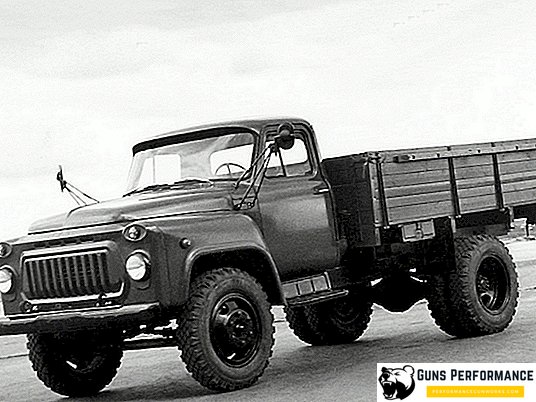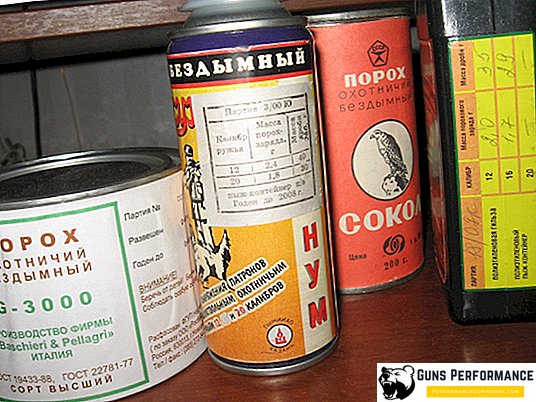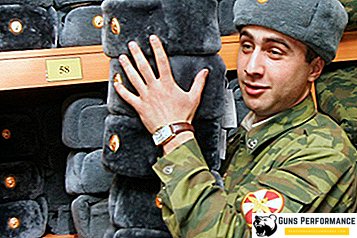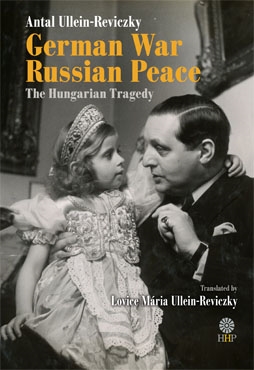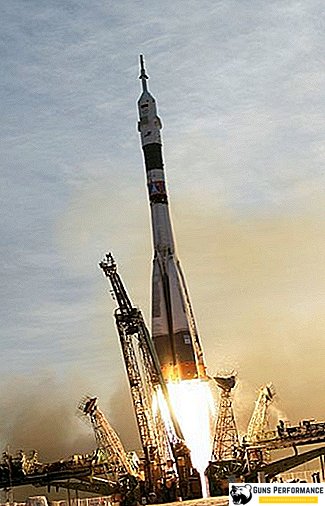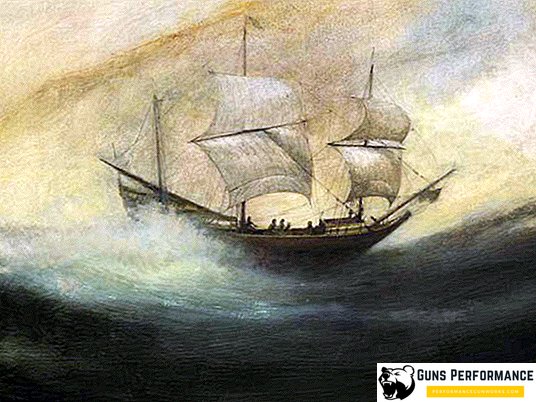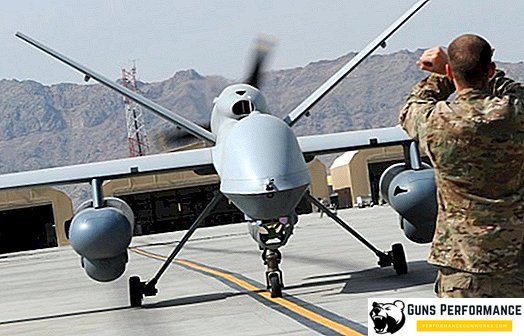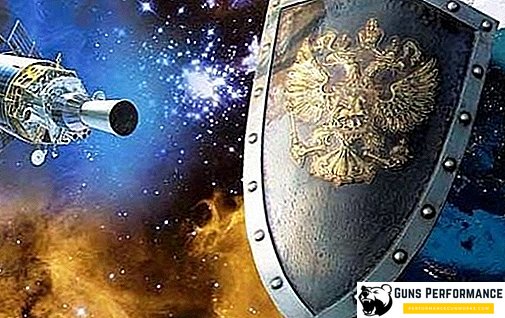
The decoding of the abbreviation “VKS” that has recently appeared in the media is known to almost everyone: “Aerospace Forces”. The Russian Aerospace Forces were formed in 2018. However, the prerequisites for the formation of these forces were outlined in the second half of 2008. Forcing Georgia to peace forced the command of the Russian armed forces to completely revise the structure of the Russian Air Force, which turned out to be morally obsolete and imperfect in practice.
The current state of the VKS of Russia
After the first of August 2015, as a result of the merger of the Air Force and the East Kazakhstan region, a new type of armed forces was formed - the Russian Aerospace Force. The commander of the VKS was General Viktor Bondarev, who repeatedly participated in various military conflicts, the Hero of the Russian Federation and the Honored Pilot of the Russian Federation.
The creation of the VKS allowed to concentrate all the air defense means of the country - Air Force and Air Defense Forces with the latest equipment - in a single structure.
Air force today
The air force of the VKS RF performs the following tasks:
- Exploration of the situation in the air and space;
- Detection of the outbreak of hostilities against the country in aerospace. After detection, the aerospace forces must notify the controls, and using all available weapons, repel the attack;
- Protection of important and strategic objects of management and economic regions of the country. In addition to protection, aerospace forces must strike at strategic targets of the enemy;
- Aviation support for other types of troops.
In addition to hostilities, the VKS RF must ensure the launching of spacecraft and control them using the latest equipment.
Prospects for the modernization of the Air Force
The main headquarters of the space defense said that in the coming years, the aerospace forces will be equipped with more than a hundred units of new aircraft, mainly for military purposes. This statement was made after the MAKS-2017 aerospace show. According to the commander-in-chief of the VKS, General Bondarev, the tasks of updating the fleet are solved at an accelerated pace, and by 2019 it is planned to bring the combat capability of aviation to the VKS to 95 percent.
In addition to the arrival of new equipment in military units, overhaul and modernization of older aircraft and helicopters is expected. Bondarenko stressed that the equipment of the VKS of Russia is in no way inferior to the air fleets of world powers.
When asked if VKS will receive increased funding and what is the general course of the state armament program until 2025, the general replied that there will be more than enough funds for equipment and tasks for the VKS. There was also a phrase that by 2025, 80-90 percent of combat aircraft will be the latest models of technology.
Tactical level of the Air Force today
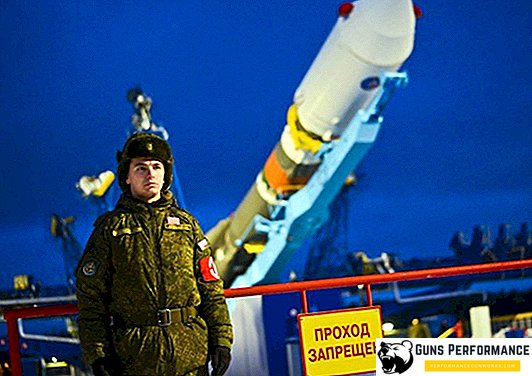
Today, the Air Force fleet contains more than 3,800 aircraft, 1,400 helicopters of various types and has the latest equipment, some of which have no equal in the world. Given the total number of aircraft, it is not easy to believe that in 7 years it will be possible to replace more than 80 percent of it. Such enormous spending is beyond the power of even the NATO army. Although observing the trend of updating, which is clearly traced since 2011, it should be recognized that every year the control of the VKS purchases hundreds of military units of equipment.
According to the VKS information service, each pilot training center will receive new training planes Cp-10 in 2018. They will be used in training pilots on a par with the Yak-152 and Yak-130. Since the Air Force in the coming years should receive a lot of new fighters and bombers, for the safety of the airspace of the country do not worry.
Import Substitution Problems and Solutions
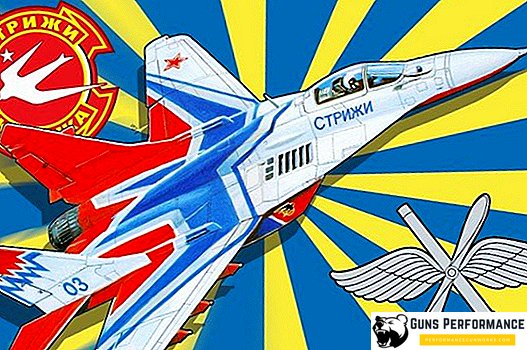
In the recent past, most helicopter engines were delivered to Russia from Ukraine. However, as a result of the aggravation of the situation and the change of power in Ukraine, these supplies almost completely ceased. As a result of the tremendous work done by the United Engine Corporation, this problem was solved in just three years. Now the production of helicopter engines is established in Russia. The rapid build-up of production capacity enabled the entire Russian helicopter industry to be provided.
A similar situation arose with the production of engines for cruise missiles. The rapid response of Russian designers allowed to cope with this problem.
Unfortunately, not all problems with import substitution were solved successfully. Military transport aviation VKS remained without the AN series aircraft. After the change of power in Ukraine, the joint program was curtailed, and so far there are no Russian analogues of military transport aircraft of the AN series.
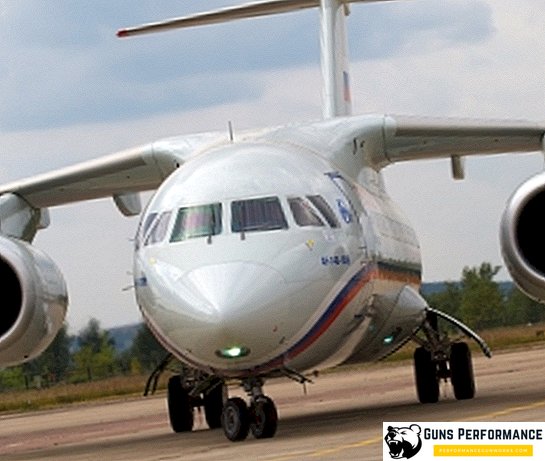
The main focus of the VKS is on the development of the IL-122, which will have to replace all the AN-26 and part of the AN-12. His first ascent into the air was scheduled for 2018 and it is not yet known how long it will take to launch the car into the series.
The contract for the supply of heavy aircraft IL-76 was postponed to 2024. The management of IL company decided to revise the terms of the contract, the price of which turned out to be underestimated, in their opinion.
In addition, in 2024, a new super-heavy An-124 is expected to be mass-produced, capable of lifting cargo up to 100 tons into the air.
By 2018, the Russian Aerospace Forces acquired new models of combat aviation and are already a formidable force ready to repel any danger, and the implementation of promising development plans in the near future will make the VKS even more powerful equipped with the latest technology.


